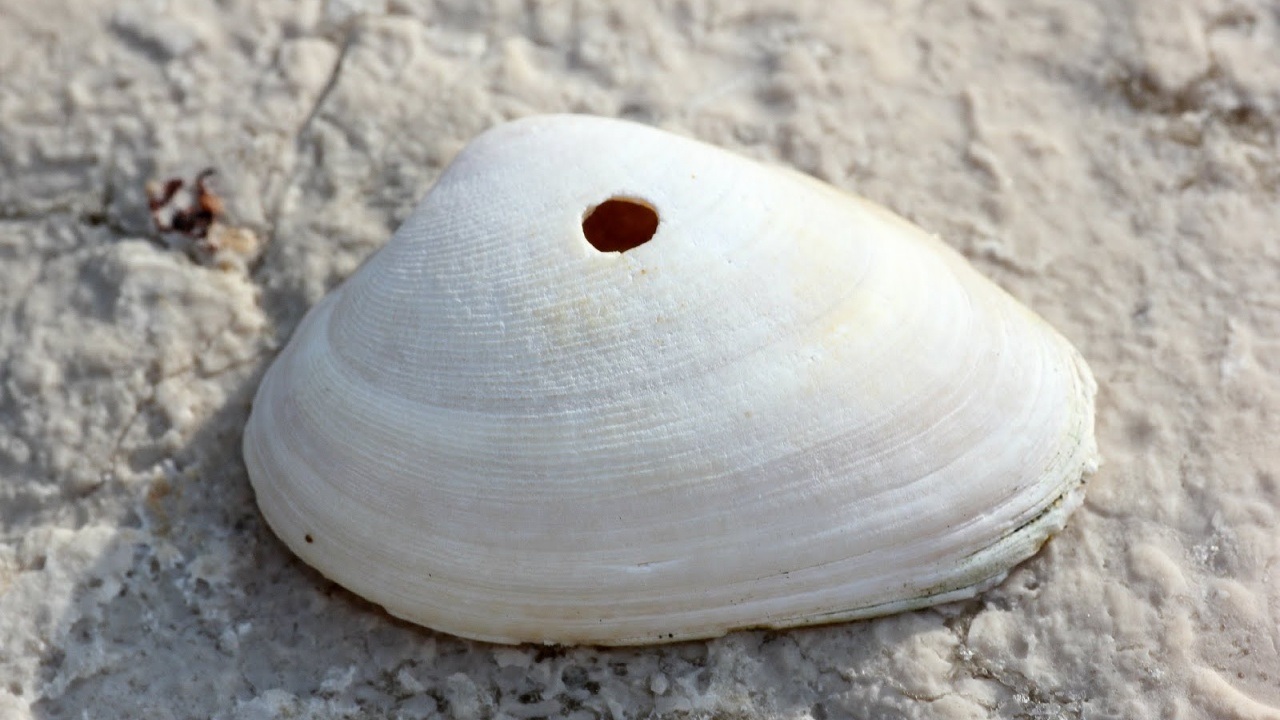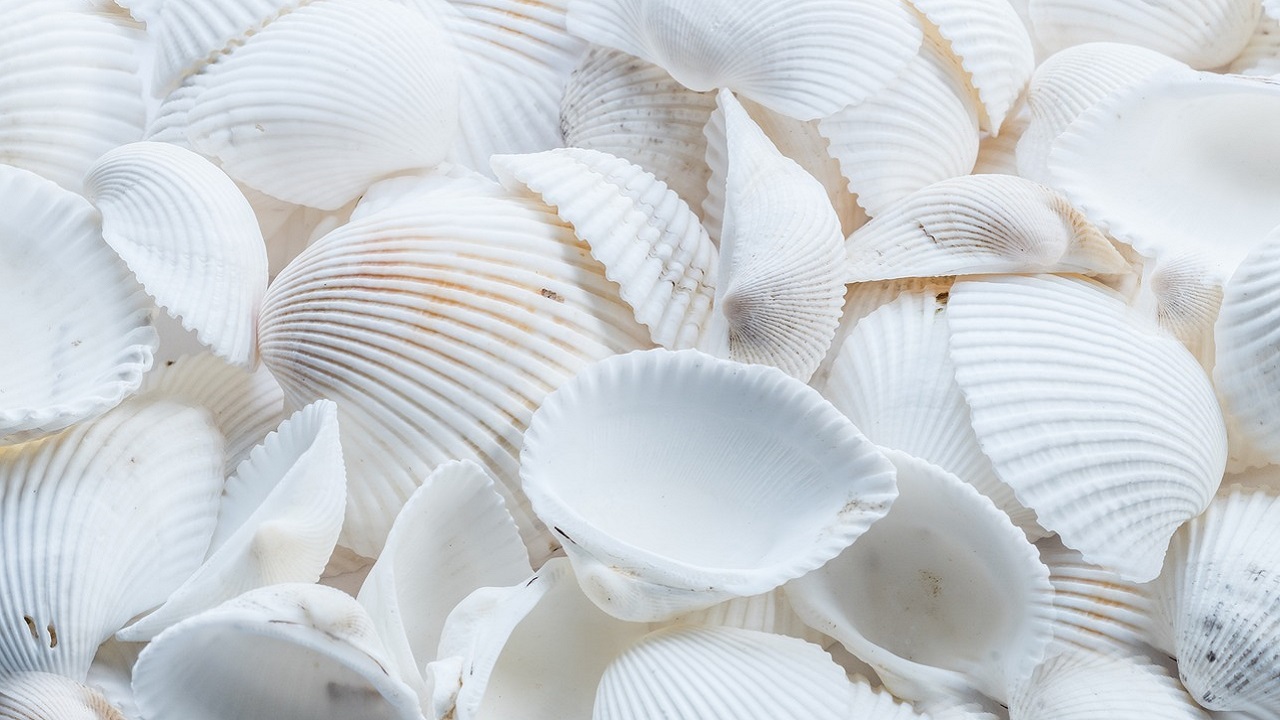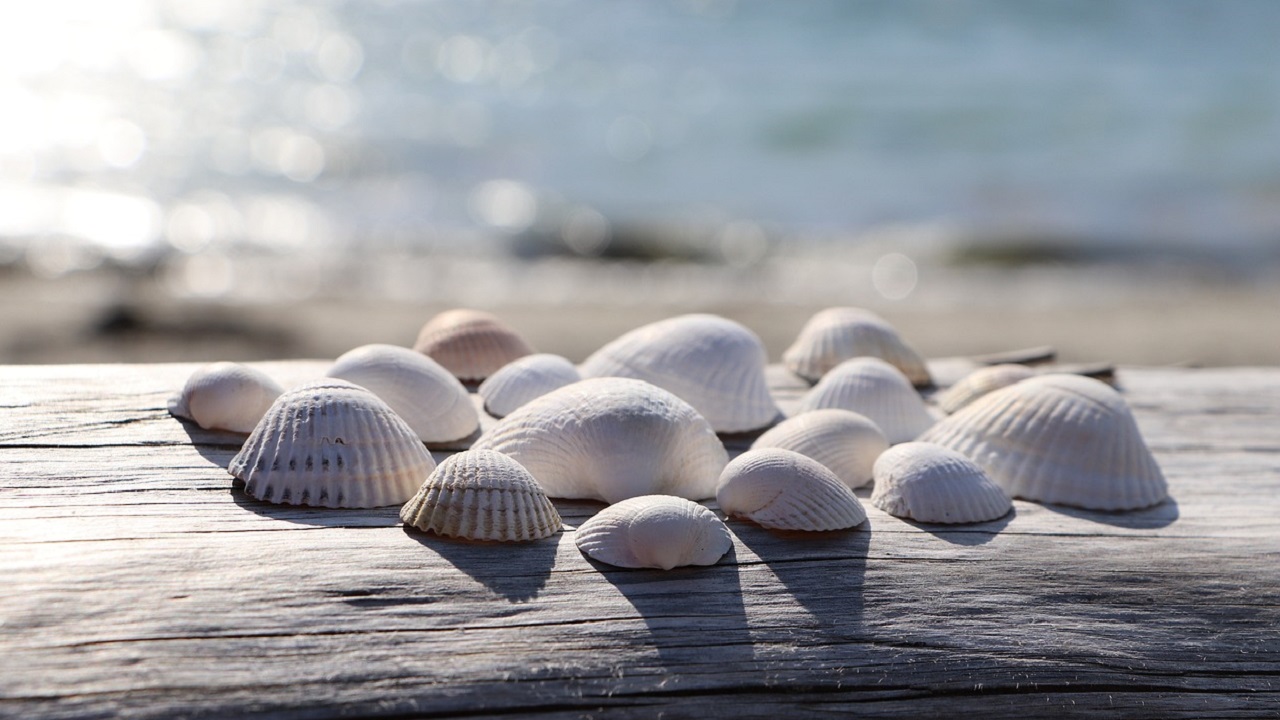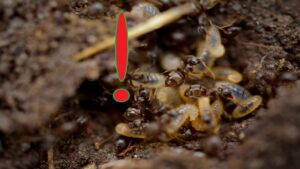Do You Know Why Many Shells Have Holes? If Not, We’ll Tell You
You are walking on the beach, and you notice a shell with a hole. Have you ever wondered where that precise hole comes from? It might seem handy for turning special shells into necklaces or keychains, but actually, that hole has a somewhat eerie story behind it. It’s a mark left by other predatory mollusks that used to feed on the mollusk living inside that shell.

Where Does the Hole in the Shells Come From?
Bivalve mollusks have shells composed of calcium carbonate. These shells provide a safeguard for the mollusk’s delicate body. Despite the different species and, therefore, the different shapes and colors of the shells, we can see a single hole in many of them.
Usually, this hole is so centered that it almost seems to have been made on purpose and artificially. The hole tends to be so precise that we use it for crafting charming summer necklaces, bracelets, and keychains. However, it’s important to note that collecting shells might be prohibited in many places. Before collecting shells, seek confirmation regarding local laws and regulations to avoid unpleasant fines.

Despite the appearance of being intentionally crafted, the hole is actually not man-made. This is because it is produced by mollusks called Natiche, predatory mollusks that feed on other mollusks. Here’s how it works: they use their strong radula (like a tongue with teeth) to make a hole in the shell of their prey so they can eat the mollusk. The hole they make is really exact and smooth, perfectly round in shape.
That’s why we call the origin of that strange hole a bit eerie: it indicates a predatory act of one animal organism against another. These are just mollusks that eat other mollusks.






